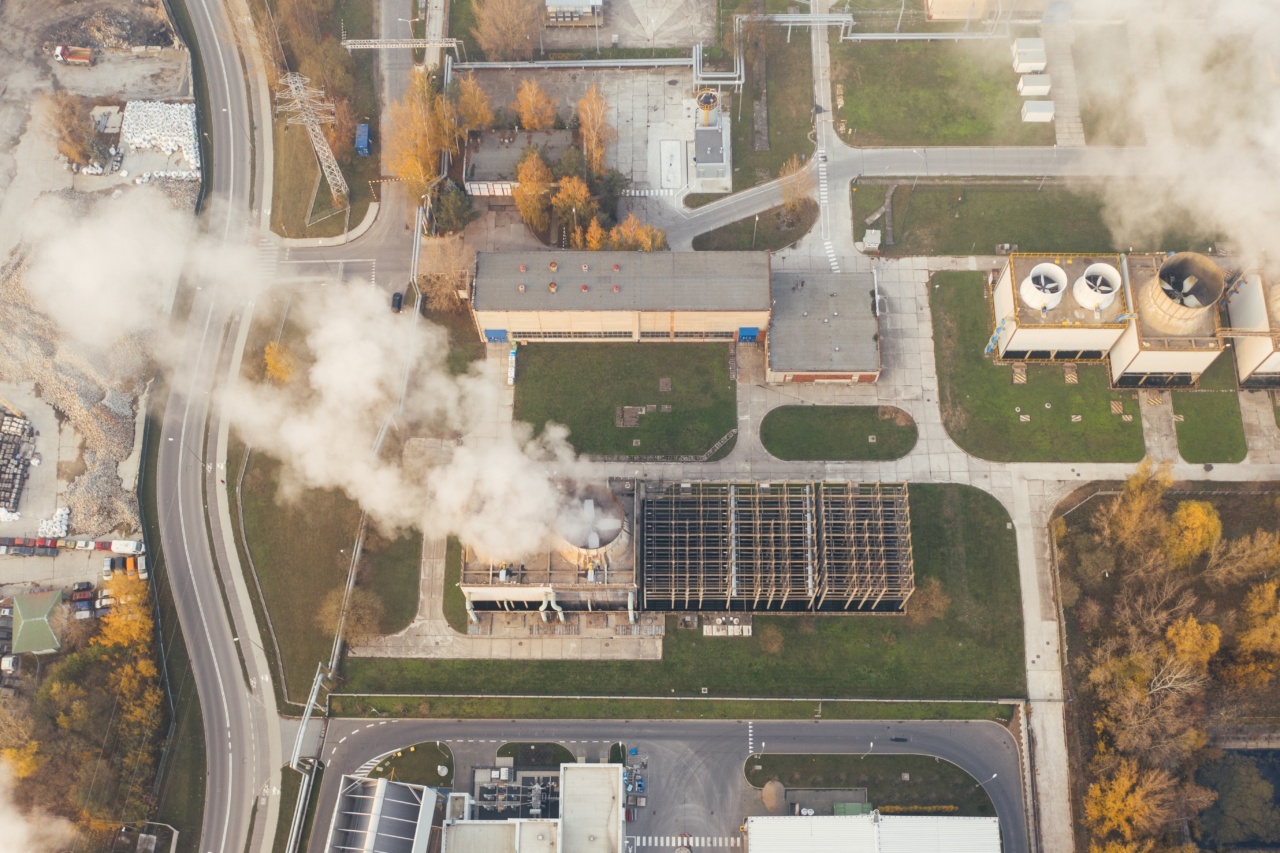Hypertension, commonly known as high blood pressure, is a chronic medical condition characterized by elevated blood pressure levels in the arteries.
It is a significant global health problem that causes numerous complications such as stroke, heart disease, and kidney failure. According to the World Health Organization (WHO), hypertension affects approximately 1.13 billion people worldwide, and it is predicted to increase to 1.56 billion by 2025.
The prevalence of hypertension is higher in urban areas due to several factors such as environmental pollution and noise pollution. In this article, we will explore the impact of environmental pollution and noise pollution on hypertension in urban areas.
What is Environmental Pollution?
Environmental pollution is the contamination of the natural environment by various chemical, physical, and biological agents. It is caused by human activities such as industrialization, transportation, and urbanization.
Environmental pollution is a significant threat to human health, and it is responsible for several diseases, including hypertension.
How Environmental Pollution Affects Hypertension?
The air we breathe is contaminated with toxic gases, particles, and other substances that damage our health. Air pollution has been shown to cause oxidative stress, inflammation, and damage to the blood vessels, leading to hypertension.
Several studies have demonstrated the link between air pollution and hypertension. One study conducted in Beijing, China, found that long-term exposure to air pollution was associated with an increased risk of hypertension.
Another study carried out in the United States reported that people exposed to high levels of air pollution had a higher risk of hypertension compared to those living in areas with low pollution levels.
Water pollution is another type of environmental pollution that can cause hypertension.
The presence of heavy metals, polycyclic aromatic hydrocarbons (PAHs), and other hazardous substances in drinking water can damage the kidneys and lead to hypertension. A study conducted in Nigeria found that people who consumed contaminated water from a river had a higher risk of hypertension than those who drank treated water.
What is Noise Pollution?
Noise pollution is the excessive noise that disturbs the peace and quiet of the environment. It is caused by various sources such as traffic, aircraft, industrial activities, and construction work.
Noise pollution is a significant problem in urban areas, and it can have several adverse effects on human health, including hypertension.
How Noise Pollution Affects Hypertension?
Noise pollution can cause stress and interfere with sleep, leading to hypertension. Several studies have shown the link between noise pollution and hypertension.
One study carried out in Spain found that people exposed to high levels of traffic noise had a higher risk of hypertension. Another study conducted in Japan reported that people who lived close to airports had a higher incidence of hypertension than those living in quieter areas.
Prevention and Control of Environmental Pollution and Noise Pollution
Prevention and control of environmental pollution and noise pollution are essential for reducing the risk of hypertension. The following measures can be taken:.
- Reducing the use of fossil fuels and promoting clean energy sources such as wind and solar power.
- Encouraging the use of public transportation and electric vehicles to reduce air pollution.
- Promoting the use of environmentally friendly products and reducing waste.
- Enforcing regulations and standards to control industrial emissions and waste disposal.
- Encouraging green spaces and planting trees to absorb pollutants and noise.
- Establishing quiet zones and noise barriers in urban areas to reduce noise pollution.
Conclusion
Environmental pollution and noise pollution are significant contributors to hypertension in urban areas.
Air pollution, water pollution, and noise pollution can cause oxidative stress, inflammation, and damage to the blood vessels, leading to hypertension. Prevention and control measures such as promoting clean energy sources, reducing waste, and establishing quiet zones are essential for reducing the risk of hypertension.
Health education and awareness programs can also play a crucial role in preventing hypertension in urban areas.

























